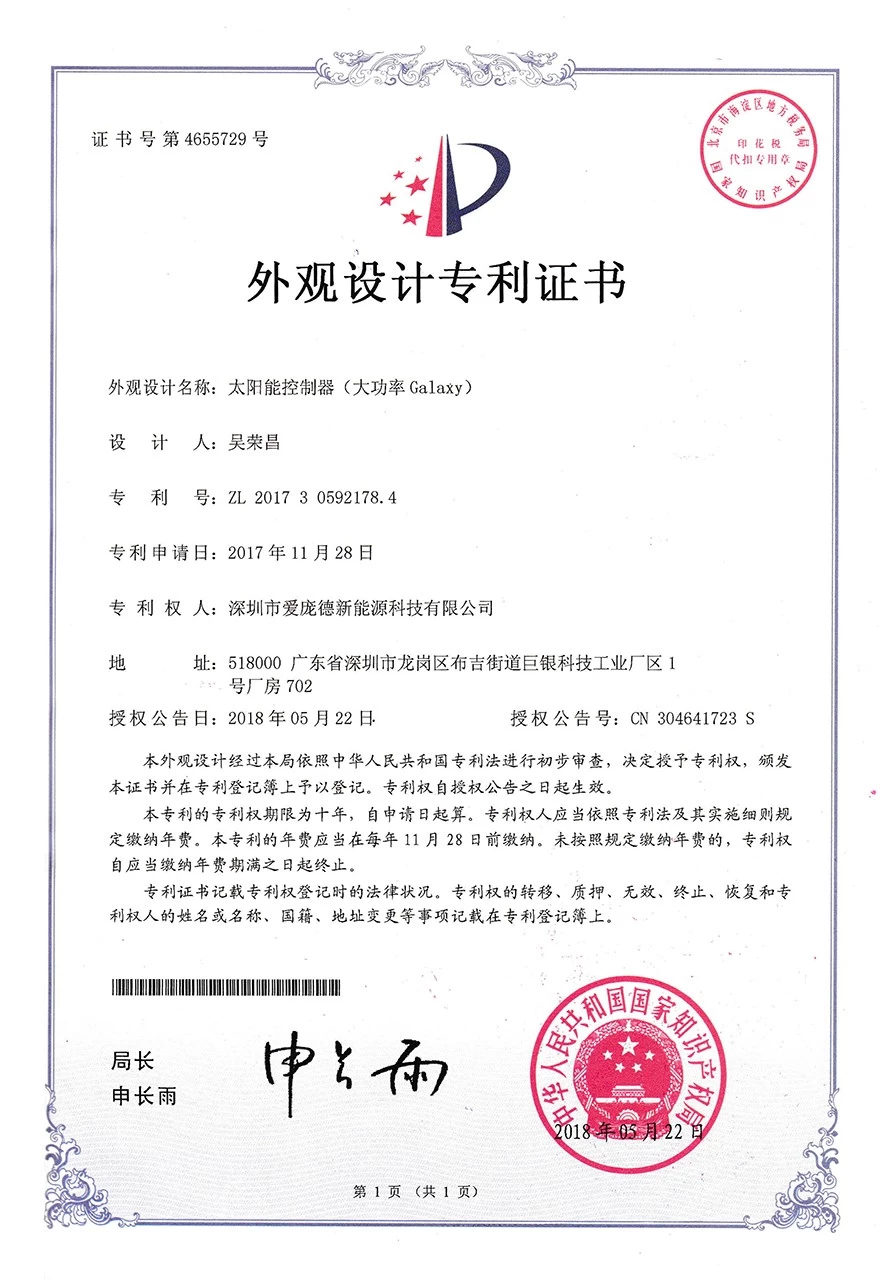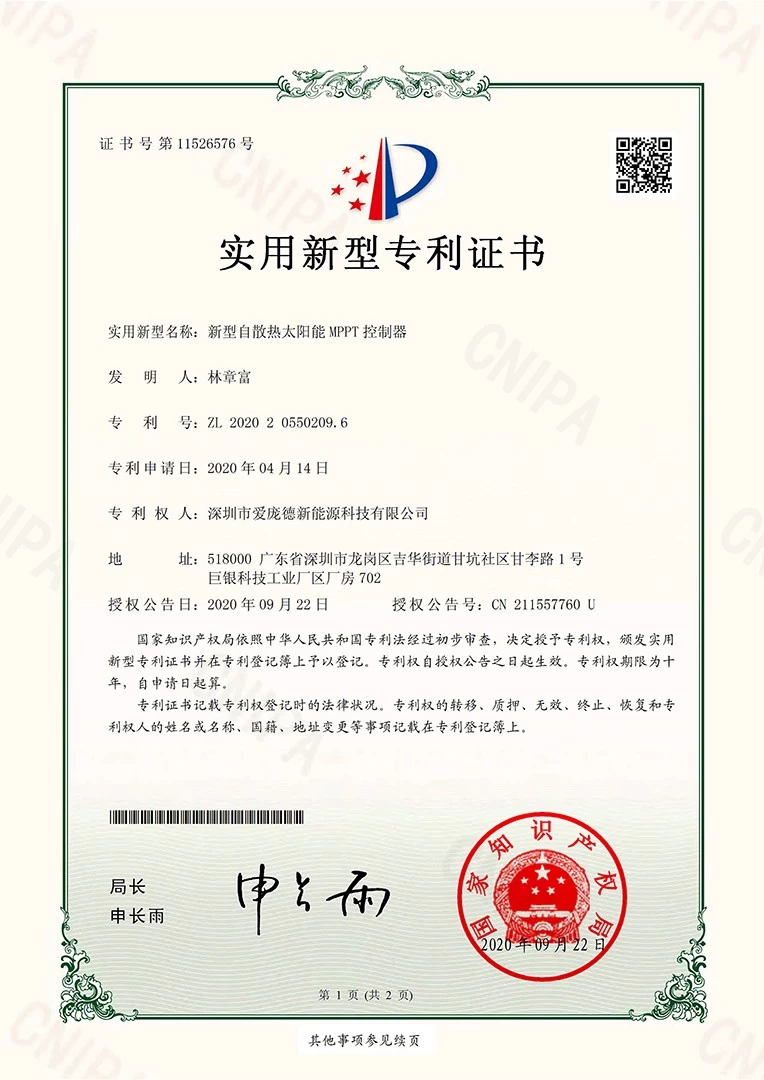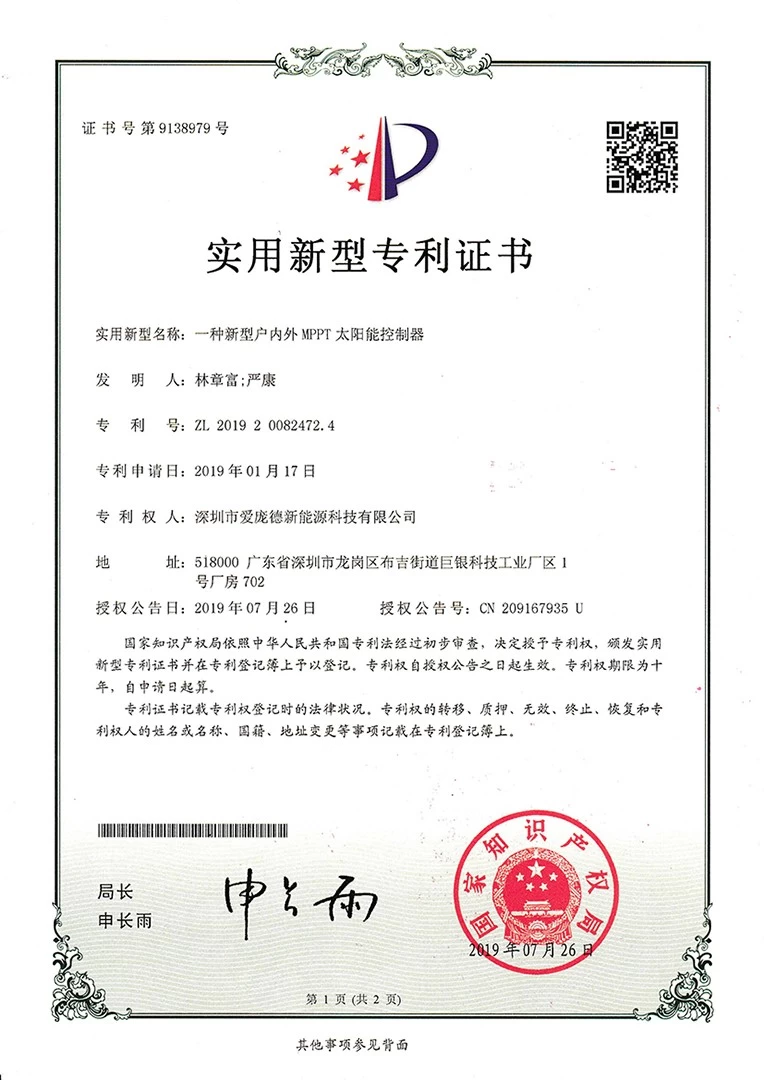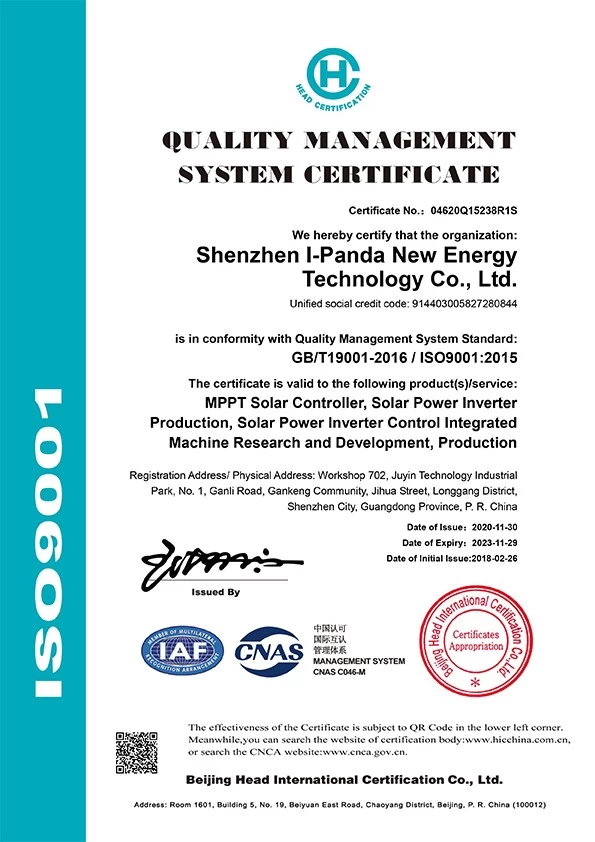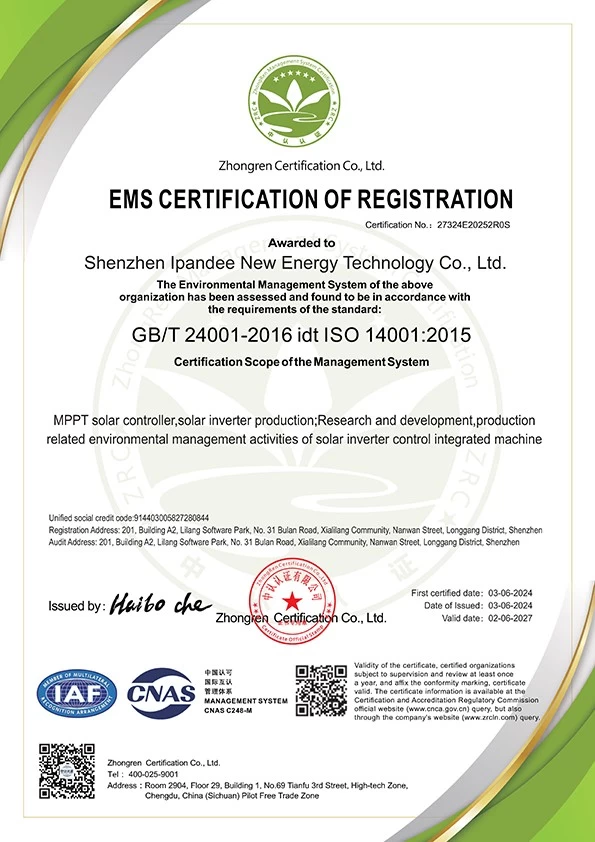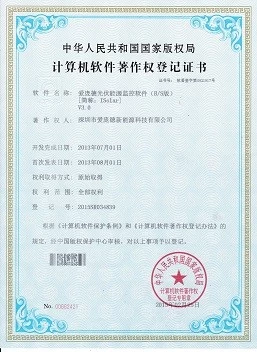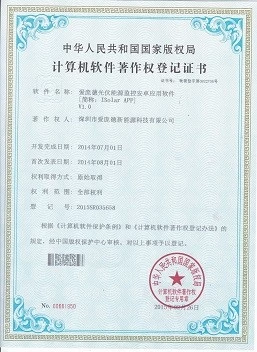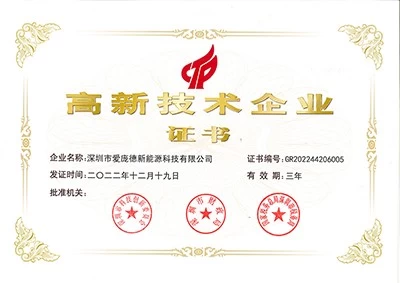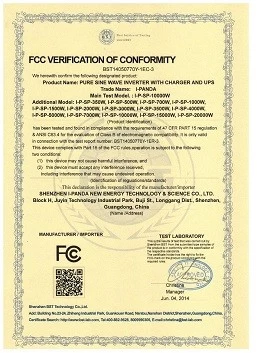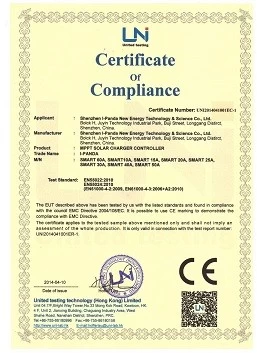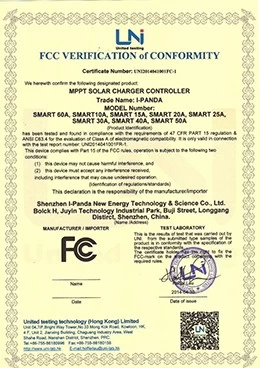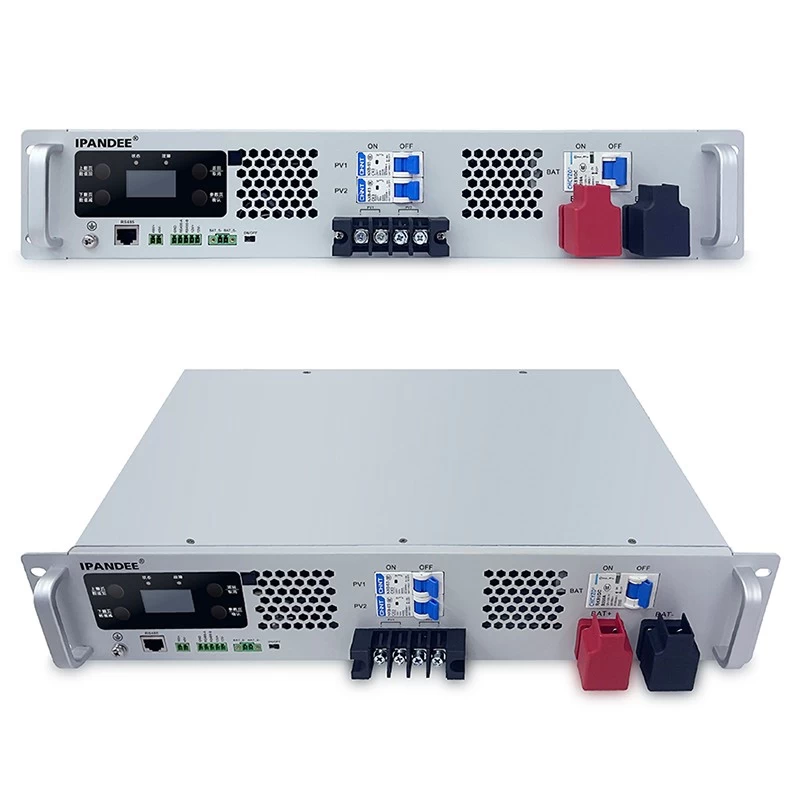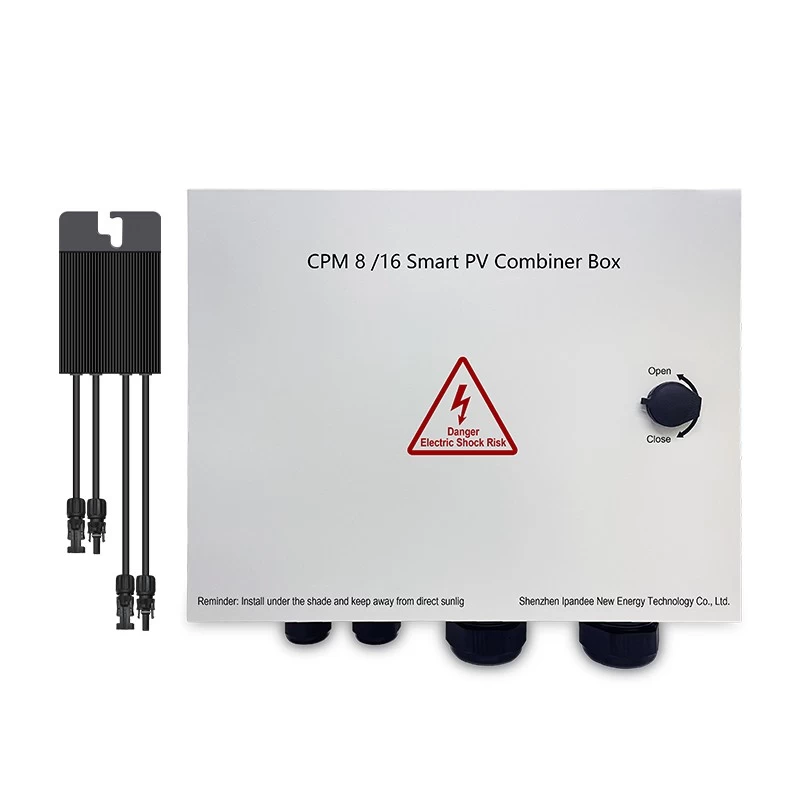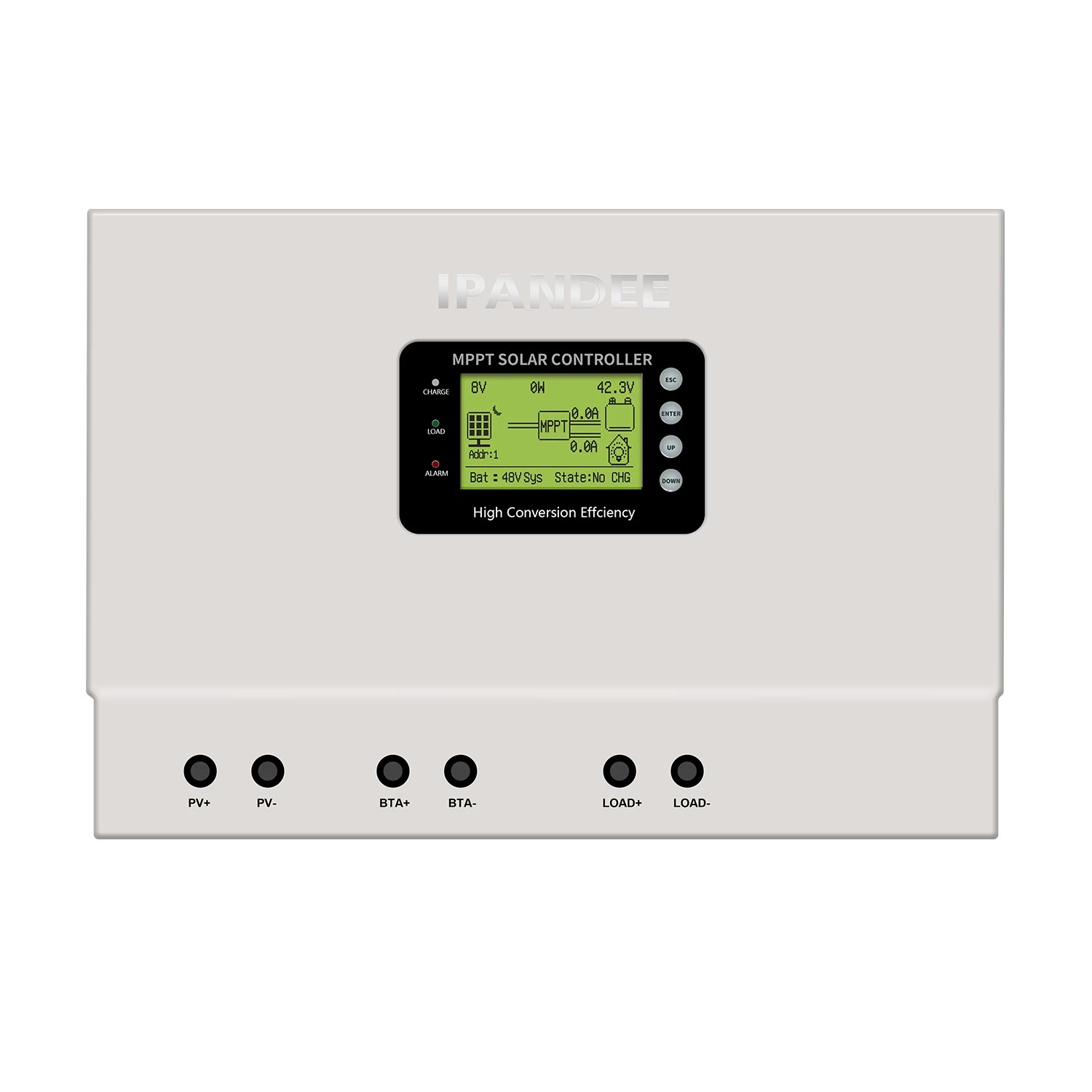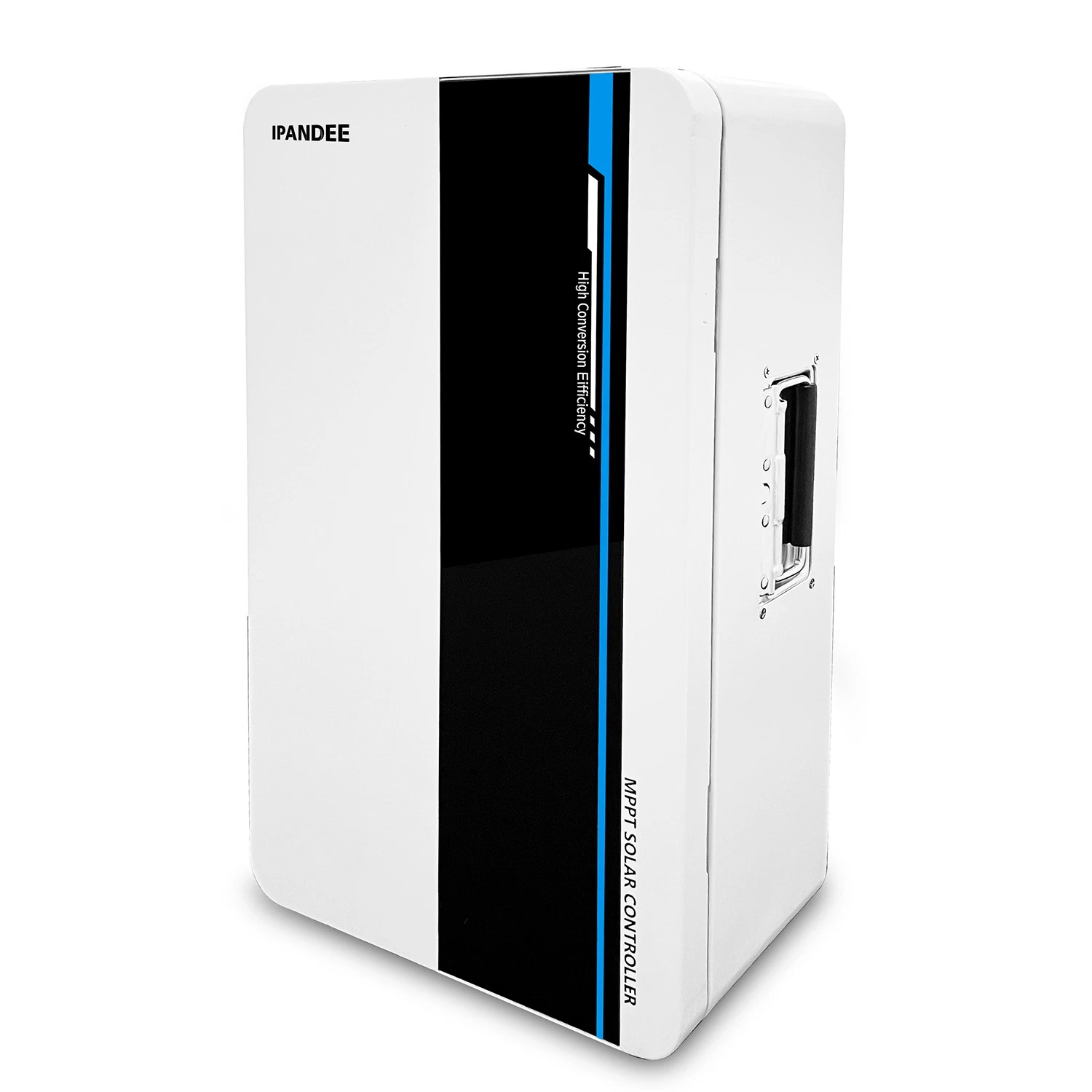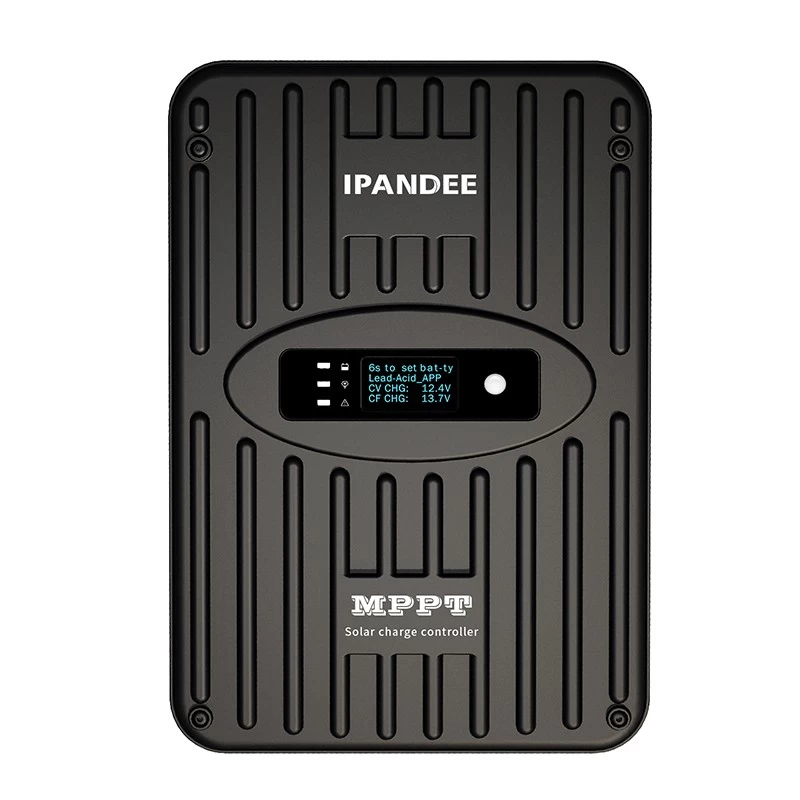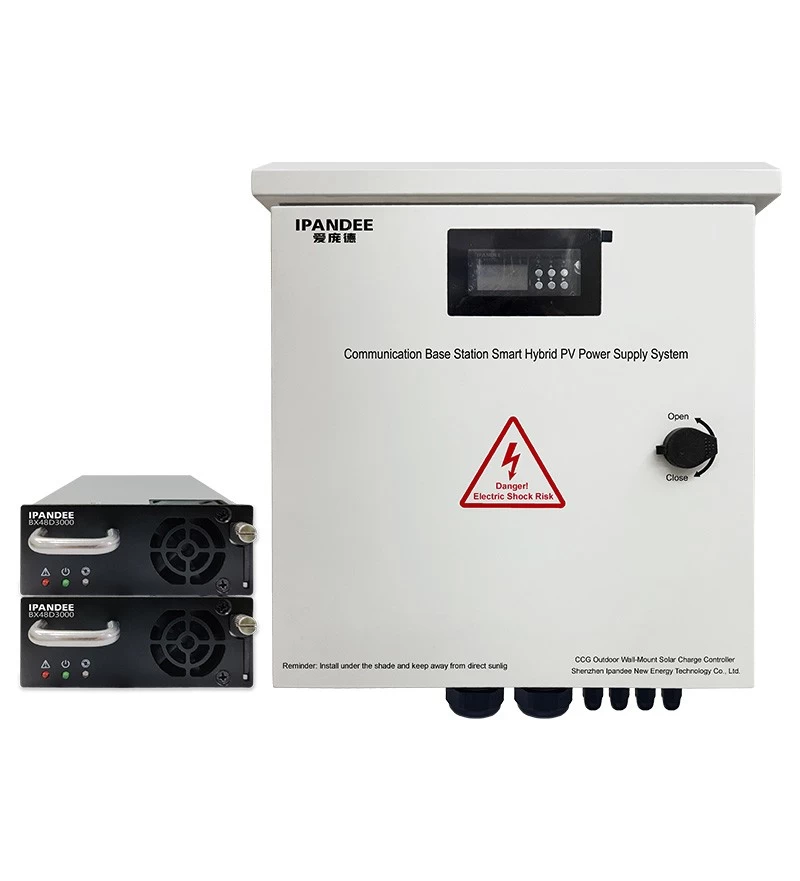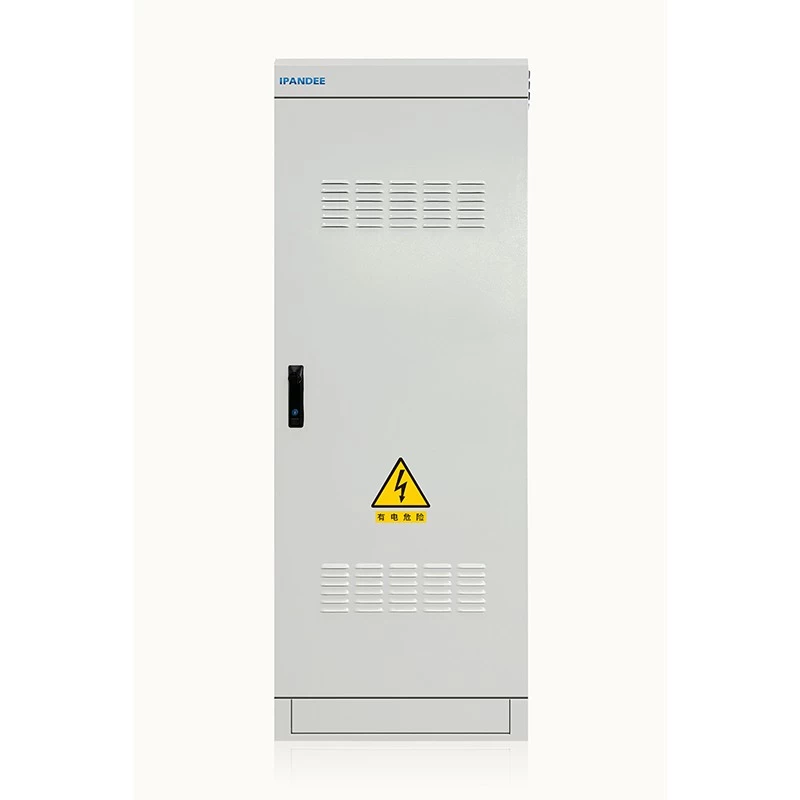Why should the inverter stop working when the grid is out of power?
Some people install a photovoltaic system, they will have a mentality of "even if the power grid is cut off, if there is a sun, and their homes can use power." The reality is that when the power grid is out of power, its own photovoltaic system will only dry. The sun will also stop working, and it will not use electricity.
The reason for this phenomenon is that the grid-connected inverter must be equipped with an anti-island device. When the grid voltage is zero, the inverter will stop working. The anti-island device is an essential device for all grid-connected inverters of PV. The reason for this is mainly for the safety consideration of the grid. When the grid is out of power, the maintenance personnel are ready to overhaul the circuit. For example, the PV system is still being uploaded continuously. Electricity can easily cause a safety accident. Therefore, national standards stipulate that photovoltaic grid-connected inverters must have islanding detection and control functions.
The detection method of the islanding effect includes passive detection and active detection. The passive detection method detects the amplitude of the voltage and current at the output of the grid-connected inverter. The inverter does not add an interference signal to the grid, and detects the current phase offset and frequency. Whether the parameter exceeds the specified value to determine whether the power grid is out of power; this method does not cause power grid pollution, and there is no energy loss; and active detection means that the grid-connected inverter actively and regularly applies some interference signals to the power grid. For example, frequency shifting and phase shifting, since the power grid can be regarded as an infinite voltage source, when there is a power grid, these interference signals will be absorbed by the power grid. If the power grid is out of power, these interference signals will form positive feedback, which will eventually form a frequency or The voltage is exceeded, and it can be judged whether the islanding effect has occurred.
At present, the grid-connected inverter anti-islanding technology is fully mature. Therefore, in the household grid-connected project, there is no need to add an anti-island device. Because some places are not only connected to the grid, but also possible. It is a distributed power source for wind power generation, biomass power generation, energy storage systems, etc. The State Grid Corporation stipulates that when the grid access capacity exceeds 25% of the rated capacity of the station, the transformer low-voltage side knife main switch should be It is transformed into a low-voltage main switch, and an anti-island device is installed at the distribution low-voltage busbar. The low-voltage main switch should have an operation locking function between the anti-island device. When there is communication between the busbars, the communication switch should also operate with the anti-island device. Blocking function.
weYesInverter manufacturer, off-grid solar controller,MPPT Solar Charge Controller Supplier,Solar charge controller - Inverter factory
Disclaimer: The content is partly from the internet.In order to pass on more information, this does not mean agreeing to its views or confirming its description.Article content is for reference only.





